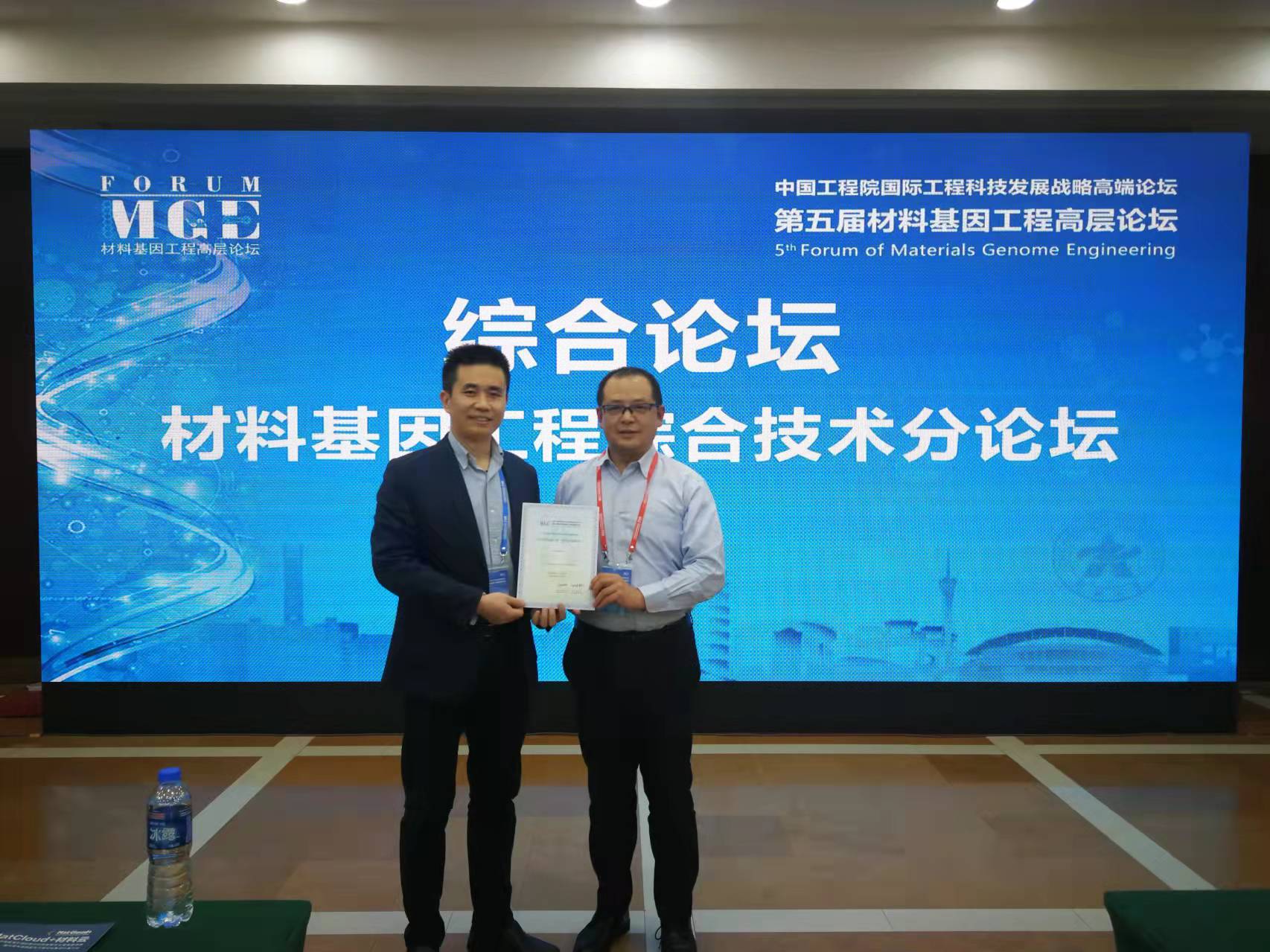The 5th Materials Genome Engineering Summit
The 5th Materials Genome Engineering Summit was held in Zhengzhou, Henan, from December 14th to 16th, 2021. On the afternoon of December 16th, Professor Han Yuexing delivered a presentation titled “Material Image Processing Methods Based on Computer Vision.” He described several methods for extracting information from material image data. Material data serves as the foundation of the Materials Genome Initiative and plays a crucial role in constructing various databases related to material research. It also aids in the understanding of the relationships between “microstructure,” “manufacturing processes,” and “macroscopic properties” for artificial intelligence. Material data primarily consists of computational data, experimental data, production data, and literature data, with a significant amount of images often included within these datasets. Extracting key information from these images is a primary objective of material image processing.
The presentation mainly described the use of computer vision methods, including machine learning and deep learning techniques, to extract and analyze various elements within complex material images. Three specific examples were discussed: 1. Recognition of DNA macromolecules in images of molecular robots: This example focused on using computer vision methods to identify and recognize DNA macromolecules in images of molecular robots. By applying machine learning algorithms, the system can automatically extract and analyze the structures and patterns of DNA molecules, contributing to the understanding and design of molecular machines. 2. Segmentation and recognition of Kikuchi patterns: The second example involved the segmentation and recognition of Kikuchi patterns. By employing image processing techniques and deep learning algorithms, the system can accurately identify and segment Kikuchi patterns, which are essential for analyzing crystal structures and orientations. 3. Material image segmentation using superpixels and improved DenseNet: The third example discussed material image segmentation using a combination of superpixels and an improved DenseNet method. By utilizing superpixels to group image regions and incorporating an enhanced DenseNet architecture, the system can effectively segment materials in images, providing valuable insights for material analysis and characterization. These examples demonstrate the application of computer vision techniques, including machine learning and deep learning, in extracting and analyzing important information from complex material images.
In addition, on the afternoon of December 16th, Professor Han Yuexing also chaired an academic conference in a parallel session.
